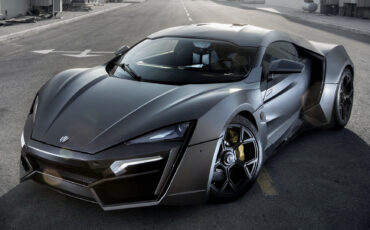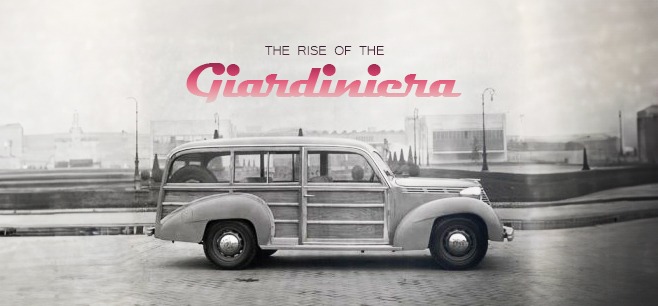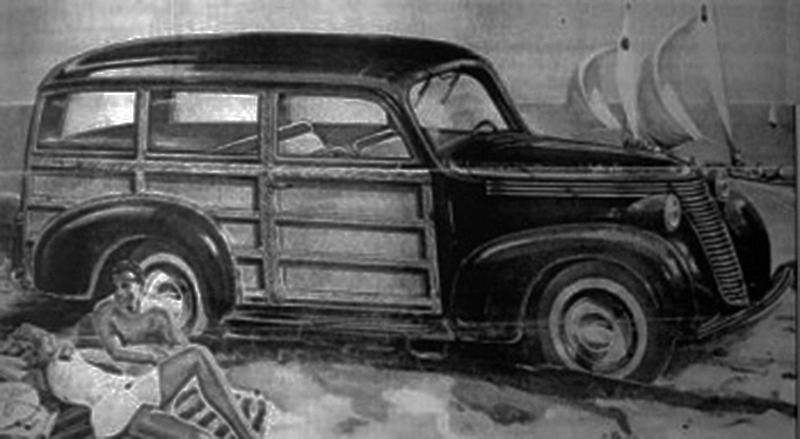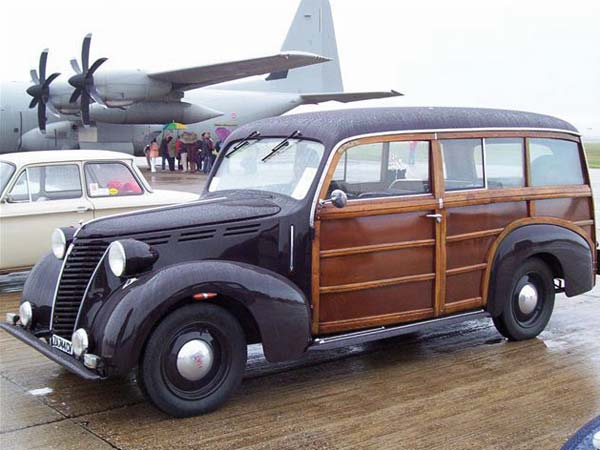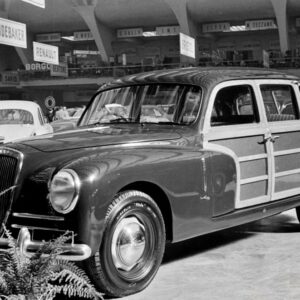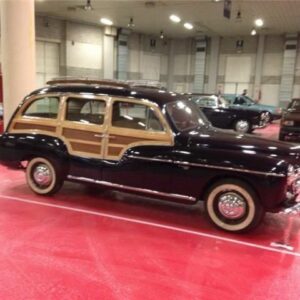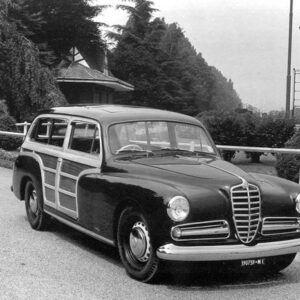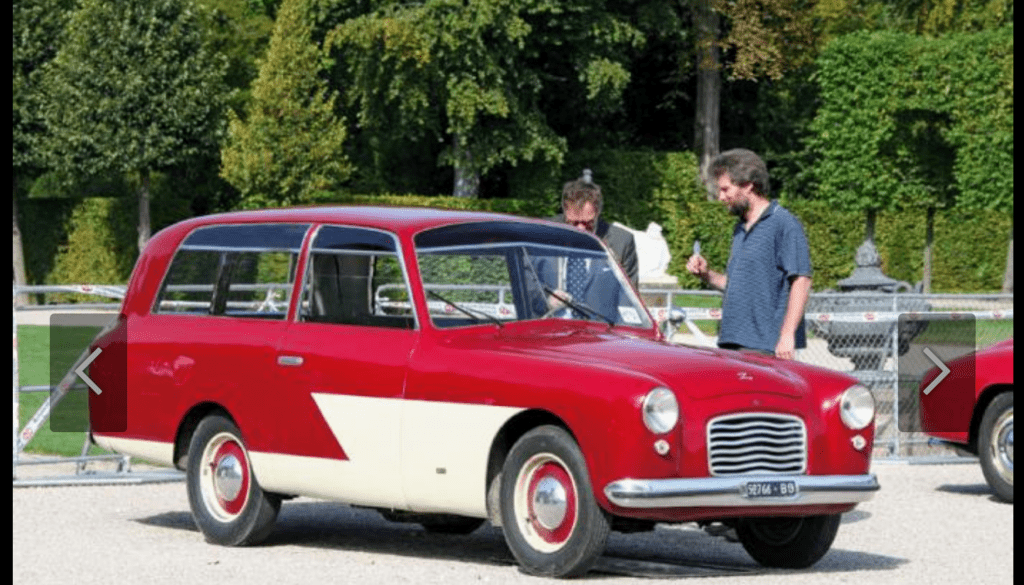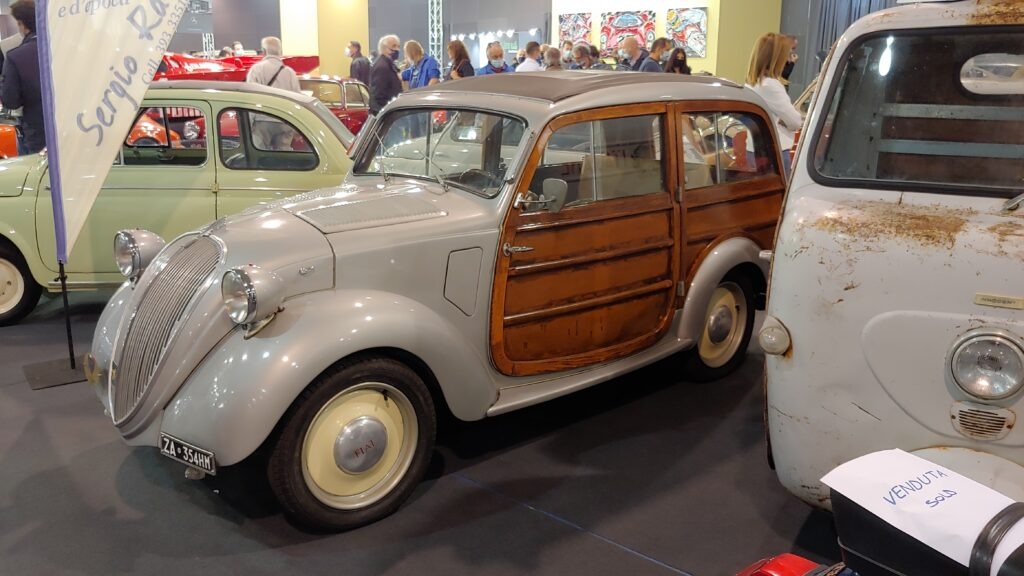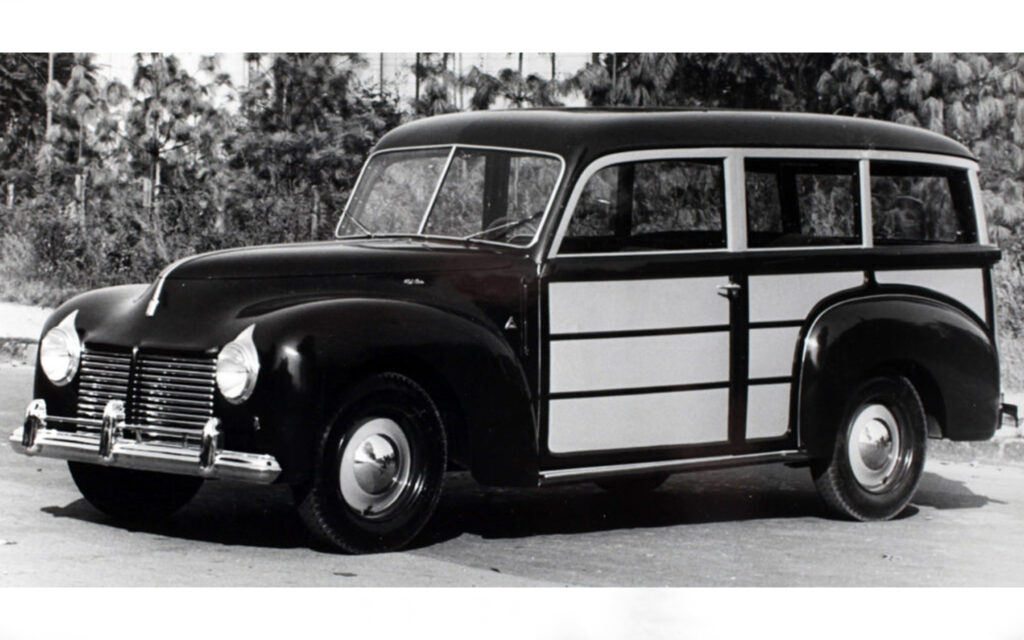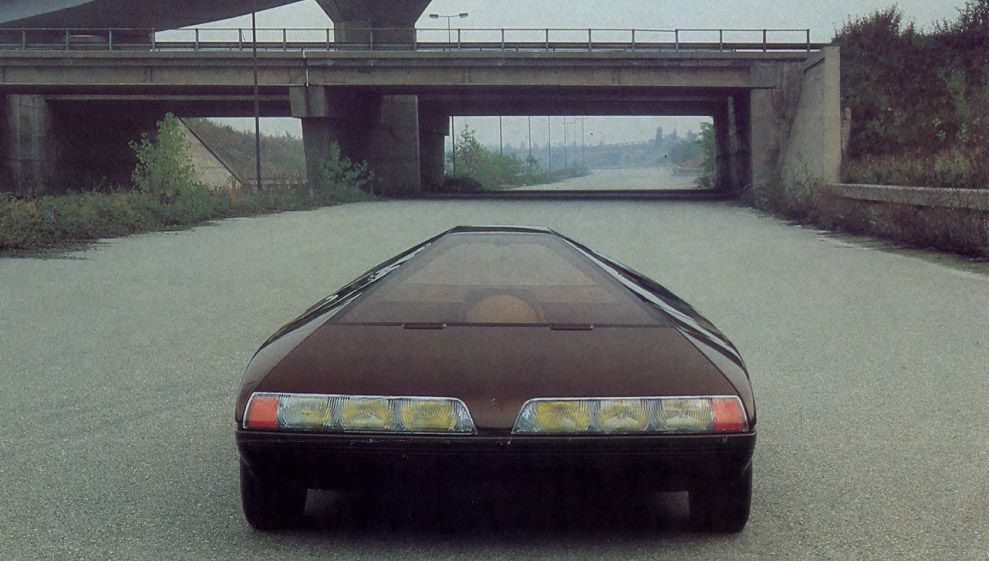
In the ever-evolving landscape of automotive design, there are moments when a bold and unconventional vision takes center stage, challenging the norms and reshaping our perception of what a car can be. The Citroën Karin, a trapezoidal marvel born out of stylist Trevor Fiore’s creative genius, is one such icon that graced the 1980 Paris Motor Show. While it never hit the roads as a mass-produced vehicle, the Karin left an indelible mark on the automotive world, inspiring future designs and captivating the imaginations of enthusiasts worldwide.
The Genesis of Citroën Karin
The backdrop of the 1980 Paris Motor Show set the stage for Citroën to showcase its commitment to pushing the boundaries of design and engineering. With no new models to unveil that year, Trevor Fiore, the visionary stylist at Citroën, was granted the freedom to create a concept that would capture the attention of attendees. The result was the Karin, a trapezoidal masterpiece that not only showcased Fiore’s ingenuity but also hinted at the future of automotive design.
Inspired by Michel Harmand’s design for a GS Coupé, the Karin embraced a trapezoidal shape that was unconventional and ahead of its time. It’s interesting to note that the Karin’s three-seater layout, with the driver positioned centrally and ahead of the two passengers, foreshadowed the iconic McLaren F1, which would make its debut in 1992. The headlamp treatment paid homage to the classic SM, adding a touch of Citroën’s heritage to this futuristic concept.
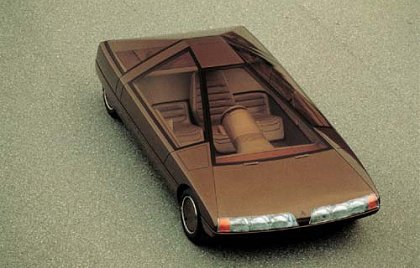
Collaboration with Carrozzeria Coggiola
To bring the Karin to life, Citroën collaborated with Carrozzeria Coggiola, the Italian coachbuilder founded by the former Vignale panelbeater, with a history of crafting distinctive vehicles, including Saab’s Sonnet 3 and 98, and the original Mégane concept. The partnership brought together French flair and Italian craftsmanship, resulting in a striking pyramidal design that would captivate the audience at the Paris Motor Show.
Design Elements and Innovations
The Karin’s exterior was a study in aerodynamics and avant-garde styling. It featured flush glass panels, faired rear wheels, and iconic butterfly doors that opened upwards, creating a sense of drama and sophistication. The roof, only the size of an A3 sheet of paper due to its truncated pyramid shape, showcased Fiore’s commitment to pushing the boundaries of traditional design.
One of the most striking interior features of the Karin was its unconventional three-seat layout. Placing the driver in the center, flanked by two passengers, not only provided a unique driving experience but also set a precedent for future automotive layouts. The Karin’s angular and futuristic design is eerily reminiscent of the Tesla Cybertruck, underscoring its lasting influence on automotive aesthetics.
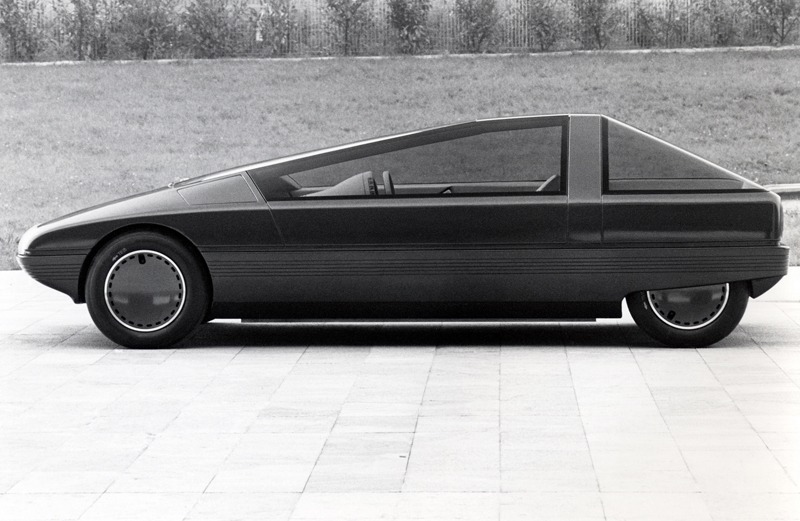
Trevor Fiore's Vision
Trevor Fiore, the Franco-Italian creator of the Karin, brought a unique perspective to the world of automotive design. Schooled in Britain and responsible for the Citroën Styling Department, Fiore’s vision went beyond the conventional, and the Karin was a manifestation of his desire to break free from monotony. The name “Karin” itself carries a sense of endearment, as it transforms from “car” to “cara” and “carina,” meaning “dear” or “darling” in Italian.
The Karin as a Styling Exercise
The Karin wasn’t conceived as a practical production model but rather as a styling exercise and a proposition for the future of vehicles. Citroën aimed to challenge the notion that mass-produced cars were bound by stringent regulations and controls. The Karin, hypothetically specified for the “middle range,” envisioned a two-door butterfly coupé with doors that opened upwards, featuring a streamlined profile and a low center of gravity.
The inside of the Karin was a testament to non-conformist design. With three offset seats, including a central driving seat, and a functional yet futuristic dashboard, the interior hinted at a possible evolution from traditional steering wheels to joystick controls. The inboard computer, displaying the state of the road and vehicle at all times, showcased Citroën’s commitment to cutting-edge technology, a principle established with the CX.
Legacy and Future Impact
While the Karin never transitioned from a concept to a production model, its impact on the automotive world is undeniable. The unique design elements, futuristic interior layout, and aerodynamic prowess demonstrated in the Karin left an imprint on subsequent Citroën models and inspired the broader industry.
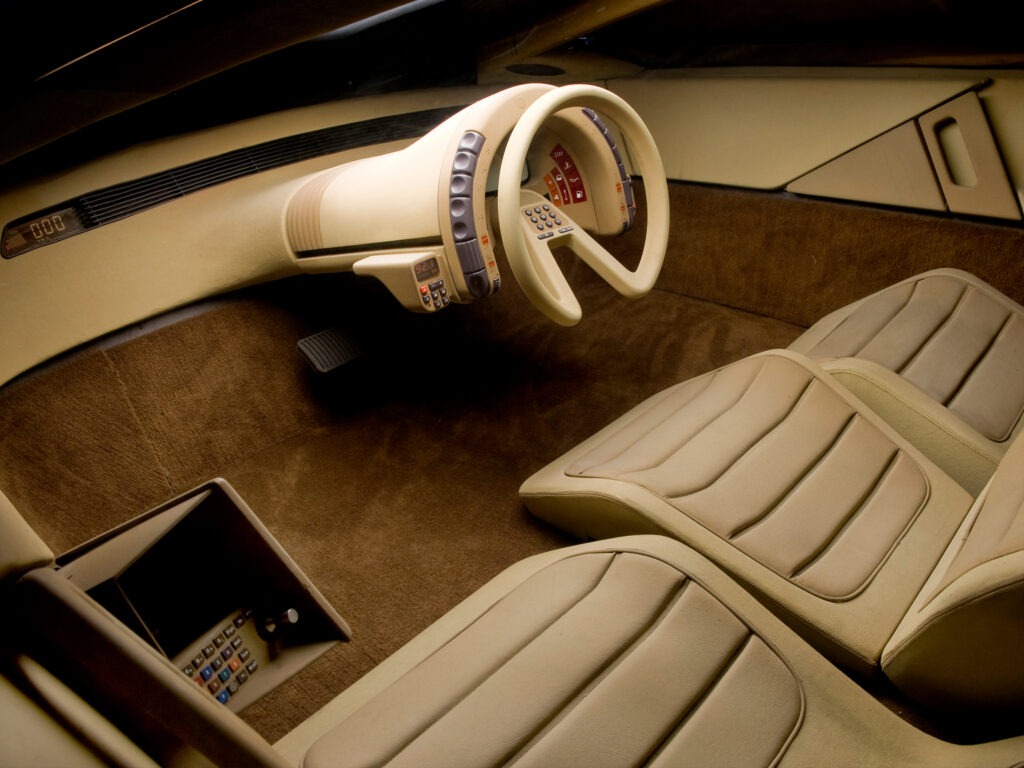
Conclusion
The Citroën Karin, with its trapezoidal allure and avant-garde design, remains a testament to the limitless possibilities within automotive creativity. A styling exercise that defied conventions, it envisioned a future where cars could transcend the ordinary and become a blend of art and engineering. Trevor Fiore’s vision, brought to life in collaboration with Carrozeria Coggiola, showcased the power of bold ideas in an industry often bound by practical constraints. The Karin not only stands as a remarkable chapter in Citroën’s history but also as a beacon of inspiration for designers and enthusiasts alike, encouraging them to explore the uncharted territories of automotive design.


